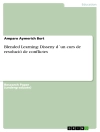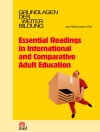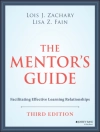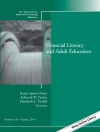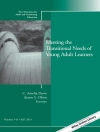The University of Victoria Pacific Centre for Scientific and Technological Literacy is one of five Centres for Research into Youth, Science Teaching and Learning (CRYSTAL) funded for 5 years (2005–2010) by the Natural Sciences and Engineering Research Council Canada (NSERC). Pacific CRYSTAL intended to promote scientific, mathematical, and technological literacy for responsible citizenship through research partnerships with university and educational communities. Pacific CRYSTAL’s functional structure consisted of 3 research and development nodes connected to a leadership and administrative node, which was charged with facilitating the activities of 19 projects and 42 principal investigators, partners, and research associates. Node 1, an incubation centre, involved extracurricular authentic science, mathematics, and technology experiences; Node 2, a classroom testing environment, field-tested instructional ideas and strategies to develop evidence-based practices; and Node 3, lighthouse schools, involved systemic change and leadership opportunities that adapted, demonstrated, and disseminated tested ideas, resources, and strategies to a much broader education community and attempted to influence public policy. This book provides descriptions of the target goals, research and development projects, and lessons learned.
Cuprins
List of Pacific CRYSTAL Project Leaders (2005–2011);Acknowledgements;I. Overview, Common Themes, and Theoretical Frameworks;1. Pacific CRYSTAL Centre for Science, Mathematics, and Technology Literacy: Lessons Learned: Overview;2. Foundations of Scientific, Mathematical, and Technological Literacies— Common Themes and Theoretical Frameworks;II. Authentic Learning—Informal Environments and Extracurricular Science, Mathematics, and Technology Opportunities: Anchoring and Bridging Real-world, Cultural, and School Experiences;3. Adolescents’ Science Career Aspirations Explored through Identity and Possible Selves;4. Giving Voice to Science from Two Perspectives: A Case Study;5. Seaquaria in Schools: Participatory Approaches in the Evaluation of an Exemplary Environmental Education Program;6. Teaching Problem Solving and Computer Science in the Schools: Concepts and Assessment;7. Outreach Workshops, Applications, and Resources: Helping Teachers to Climb Over the Science, Mathematics, and Technology Threshold by Engaging their Classes;III. Moving Tested Ideas into Classrooms;8. Explicit Literacy Instruction Embedded in Middle School Science Classrooms: A Community-based Professional Development Project to Enhance Scientific Literacy;9. Enhancing Science Education through an Online Repository of Controversial, Socioscientific News Stories;10. Promoting Earth Science Teaching and Learning: Inquiry-based Activities and Resources Anchoring Teacher Professional Development and Education;IV. Knowledge Transfer, Systemic Implementation, and Building Leadership Capacity;11. Modelling of Large-scale PISA Assessment Data: Science and Mathematics Literacy;12. Time and Teacher Control in Curriculum Adoption: Lessons from the Lighthouse Schools Project;13. The Development of a Place-based Learning Environment at the Bowen Island Community School;V. Closing Remarks and Implications for the Future;14. Epilogue of Pacific CRYSTAL—Lessons Learned about Science, Mathematics, and Technology Literacy, Teaching and Learning;Appendix: Pacific CRYSTAL Project: Highly Qualified Personnel;Index


